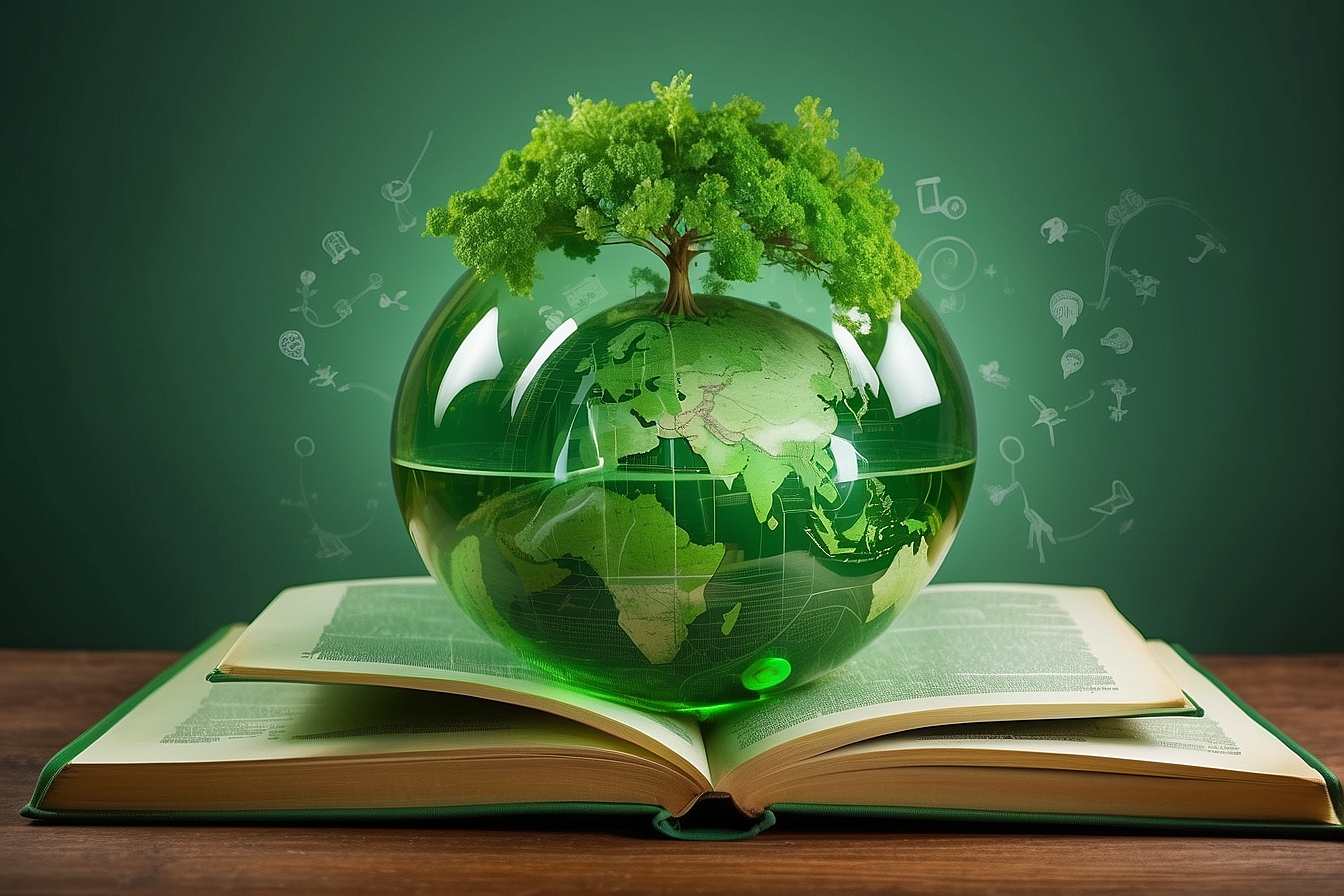Americans are often accused of being uninformed about scientific issues. Indeed, a full 70% of American adults currently qualify as scientifically illiterate—meaning they cannot comprehend what they might read in the New York Times Science Section.1 This is a terrifying statistic when you consider that over the last few decades the number of public policy controversies that require some scientific or technical knowledge for effective participation has increased significantly. Surely education is part of the problem—we should be making sure our high school graduates know what DNA is and other important scientific basics like how long it takes the Earth to revolve around the sun.2 More and more, scientists and communicators are trying out new methods for presenting scientific information. Looking at scientific information from alternative perspectives not only advances science, it also makes science more approachable and maybe even fun for people!
Alternative #1: Hearing Science
Peter Larsen’s presentation mode of choice for scientific information is music. Although Dr. Larsen is a biologist by trade, not a musician, but he has created musical interpretations of microbial communities. Larsen collects scientific data such as microbial community samples as well as physical parameters like temperature, salinity, and chlorophyll, from a buoy in the English Channel. Dr. Larsen then attempts to represent the complex patterns in the data in a way that will be more accessible to a human viewer.3 For example, how physical parameters change with the seasons, and how these parameters affect microbial blooms.
In a segment on the Living on Earth podcast Larsen told the host:
Songs themselves probably are never going to actively replace the bar graph for data analysis, but I think that this kind of translation of complex data into a very accessible format is an opportunity to lead people who probably aren’t highly aware of the importance of microbial ecology in the ocean, and give them a very appealing entry into this kind of data… Microbes drive every biogeochemical cycle on earth. In the ocean, 98 percent of the ocean’s primary productivity, the ocean’s ability to turn sunlight through primary productivity into food for the rest of the ocean, is driven by these microbial species. If we are to understand the consequences of the changing environment, we need to understand how this very very critical portion of the biogeochemical cycles are going to be affected by rising temperatures in the ocean, rising salinity, and changes pH.5
Dr. Larsen is not alone in his efforts to make audio versions of complex data. Other scientists have been using similar techniques to represent DNA sequences, protein sequences, and earthquake data.6
Alternative #2: Mapping Science
Another innovative way to present scientific data is to map it. Geographic Informational Systems (GIS) are becoming all the rage, and for good reason! GIS allows us to view, understand, question, interpret, and visualize data in many ways that reveal relationships, patterns, and trends in the form of maps, globes, reports, and charts. GIS helps scientists answer questions and solve problems by looking at data in a way that is quickly understood and easily shared.
For example, one remote indigenous tribe in the Brazilian Amazon, the Surui, is pioneering a new forest management plan. The tribe uses Google Android smart phones to survey the diameter, locations, and species of trees in their forests.7 With this information in hand, they can estimate the entire volume of their forest and be compensated through the UN mechanism that seeks to Reduce Emissions from Deforestation and Degradation – known as REDD. The idea is to channel money to countries or communities to enable them to protect their forests and thereby help limit carbon dioxide emitted by 22,000 U.S. cars in a year!8
Alternative #3: Sketching Science
Perrin Ireland practices a new technique called “live drawing” for presenting scientific information in articles and at conferences. This technique of “live drawing” involves creating visual summaries of the words, sounds, sights and smells discussed in a scientific forum.10 Live drawing is not about making a perfect piece of art, rather it is about documenting somewhat convoluted ideas in a way that is easy to engage with and relate to. It is encouraging that prestigious magazines like Scientific American have begun to incorporate these techniques into their articles.
Final Frontier: Getting the word out
In addition to representing scientific data and ideas in novel ways, it important to also tackle how science might enter into mainstream culture and reach wider audiences. In a new book called Unscientific America, science journalist Chris Mooney and marine biologist Sheril Kirshenbaum argue for a new generation of scientist communicators in the vein of Carl Sagan. The book describes how after the Cold War scare over Russian science superiority ended, the U.S. government stopped investing in science education on a large scale. Science education became more about preparing for standardized tests and memorizing materials for exams, rather than about encouraging exploration and innovation. The authors write that popular children’s shows, like Sesame Street for example, classroom programs and demonstrations, and even science video games are important steps in the right direction.12
In addition, the popular radio show Radiolab is captivating audiences by choosing stories that excite curiosity. They explain their show as a place “where sound illuminates ideas, and the boundaries blur between science, philosophy, and human experience.”13 Even more exciting and promising is the fact that stand-up comedians are increasingly using science in their routines14 and even cartoonists are starting to get in on the science action!15,16 By showing kids and adults alike that science is more than one boring fact, or problem after problem, we can help Americans become more interested in and aware of scientific issues. The more in tune we are with the inner workings of our planet, the more we can work together to protect it!


